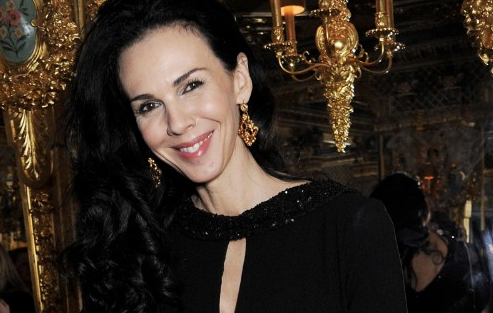With at least two high-profile suicides this month, the growing rates of suicide demands our attention. Last week fashion designer L’Wren Scott ended her life in her Manhattan apartment, and Kenneth Bellando, a 28 year-old JP Morgan banker, was found on the sidewalk outside his six-story apartment building. The latter marks the 12th suicide of a financial employee in 2014 alone. And it is only March. Many speculations suggest that these high rates may be attributed to the particularly demanding, high-pressure environments. In these cases, it was the world of fashion and the world of Wall Street. Success becomes a double-edged sword when the threat of its departure seems imminent; L’Wren had accumulated $6 million in debt while struggling to stay at the top of her industry.
But the rise of suicide doesn’t just apply to successful and powerful people. According to the Center for Disease Control and prevention, ““More people now die of suicide than in car accidents,” and in 2010 alone there were “33,687 deaths from motor vehicle crashes and 38,364 suicides.” Moreover, it is striking that this increasing rate does not include teenagers and the elderly—the typical ages most at risk of suicide—but middle-aged baby boomers. From 1999 to 2010, suicides from ages 35 to 64 rose nearly 30 percent. Furthermore, it is over three times more likely for men to commit suicide rather than women—especially men in their fifties. And these numbers are most likely under-reported.
Why are more people choosing to end their own lives? Of course there is no complete explanation, though many possible factors include the economic downturn and the availability of potentially lethal prescription drugs such as OxyContin and oxycodone. Indeed, self-poisonings have shown an 81% increase in the last 10 years. But other issues more specific to the baby boomers may be at work. With aging parents requiring assistance and adult children needing financial support, baby boomers are dealing with unprecedented amounts of pressure and strain. And there’s reason to believe that the problems they face will be the same for the next generation. All the societal and economic pressures of our time are creating a perfect storm for suicide.
Solutions to this rising problem are not easy, but suicide awareness and prevention resources can help open the discussion and teach us how to recognize the preliminary signs of suicide. More than ever, we need to take care of one another. What are your thoughts on suicide? We look forward to your comments below.
More on suicide from SevenPonds:
- What is Suicide Prevention? An Interview with Jennifer Lockman, M.S.
- Depression and Death in Sylvia Plath’s The Bell Jar
- Learning to Talk About It: How a Suicide Forever Changed my Life

 Suicide Rates are on the Rise
Suicide Rates are on the Rise




 “Other Side” Documents Woman’s Fight To Die As She Wishes
“Other Side” Documents Woman’s Fight To Die As She Wishes
















